Sigma DP2 Merrill Review

Sigma Merrill DP2 in all its glory. It does have a pleasing and menacing look to it that I enjoy.
Sigma DP2 Merrill is the most unique digital camera that I have used and it’s all because of its sensor.
The only reason why this camera still has a relatively high price ( there are other digital cameras that hold the price better ) on the used market is the sensor.
The only reason why this camera isn’t laughed at is the sensor.
The only reason why I have two of these cameras is the sensor ( might not be the only reason ).
I write "sensor" a lot. But this sensor is the reason why this review even exists.
The Sensor
I’m not going to go into very technical details about sensors and how they impact the everyday life we live in - because frankly I’m not smart enough but I will mention some things just to write more words.
Your typical digital camera sensors will use a bayer filter array on top of the sensor to allow the camera to gather color information. It’s a single layer color filter where red, green and blue colors are arranged in a very specific way. When you take the photo the CPU will combine this color information to create the final image. And it does work surprisingly well - even though 50% of pixels only get green information and the remaining 50% are equally split between red and blue. There are however some issues - mainly to do with sharpness and color accuracy in specific circumstances.
Fuji cameras have their X-Trans sensors but the idea is largely the same - it’s just a different color array pattern with different benefits and downsides.
This is not how color is captured on film ( the superior medium obviously ). Each color channel ( e.g. red, green and blue ) is a separate layer on film so essentially there is no pattern - only a color sandwich.
This is also how the Foveon sensor largely works - there’s 3 layers, each containing a single color. Only digitally. What is a foveon sensor? Well - it’s a sensor used in Sigma DP Merrill cameras ( and other Sigma cameras ) - like this Sigma DP2 Merrill.
Build Quality
Let’s write about the camera itself now and first words target the build quality.
Build quality is OK. Nothing offensive. Also nothing great.
Camera is largely plastic but at least it’s nice plastic and it doesn’t feel like a hollow plastic shell containing mostly air. It feels solid enough although I prefer metal bodies.
Controls also feel acceptable. There are some issues with long term use though. The rotating control that is around the shutter button is susceptible to malfunction. Typically it’s used to change aperture and works well but it can gain a fault where it will not respond to input correctly. For example a single rotation click might register as multiple clicks. Or as no clicks. One of the cameras I have does exhibit this issue.
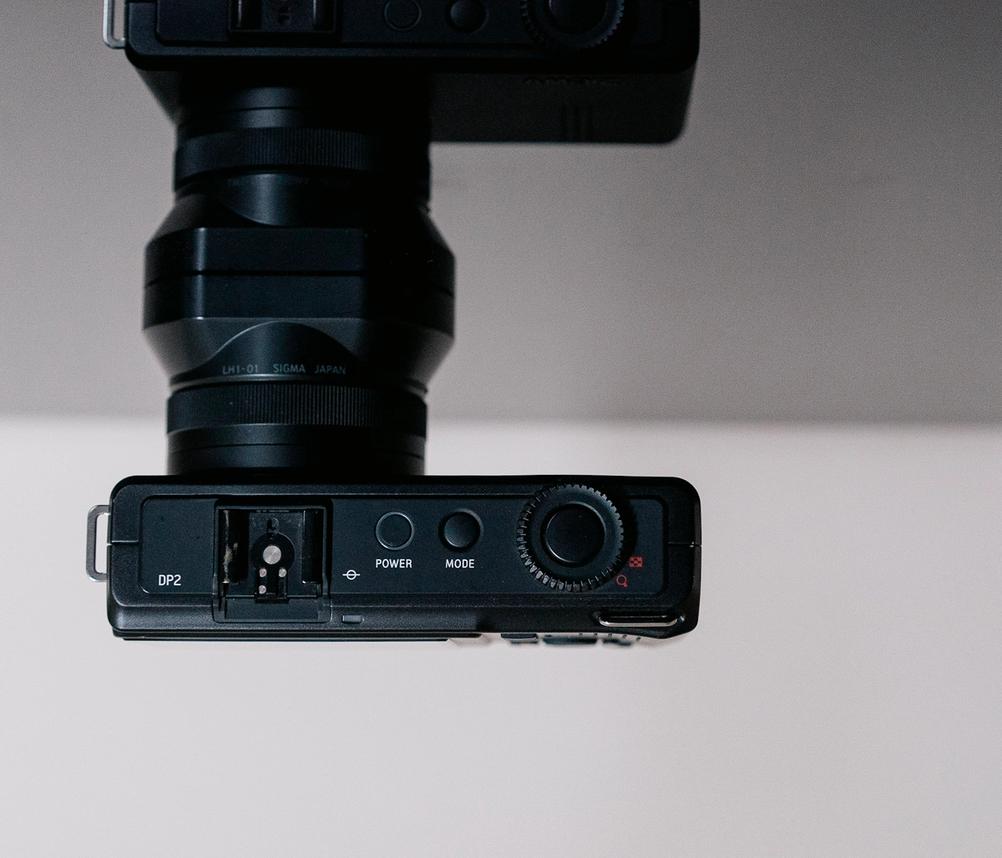
You can see the rotating knob around the shutter button in this funky image. This particular knob is malfunctioning as well.
You can still change aperture in different ways if you want so it’s not a deal breaker and you can also apparently fix it at home without too much troubles but I haven't attempted it yet.
Overall build quality is acceptable but nothing great. I don’t think it would endure too much beating so don’t use it as a hammer but at the same time it shouldn't disintegrate in your hand by simple usage.
The Looks
I think that the camera looks quite good. It's obviously very subjective but it looks mean with its all black color and quite simple design. If only it was brass behind the paint...
With not spending too much time on "the looks" - the camera looks good.
Ergonomics
It’s quite comfortable to hold. Although there is no grip as such - the area to hold is quite large so it’s easy to grab and maintain grip to the camera. I can easily use this camera without a strap which obviously makes me look like a badass.
I mostly shoot in aperture priority so I don’t really need too many controls - just a way to change aperture and exposure compensation. And it’s easy enough to do so. To change aperture just rotate the dial around the shutter release button ( if it works ) and to tweak the exposure compensation just use the d-pad-like buttons on the back of the camera.
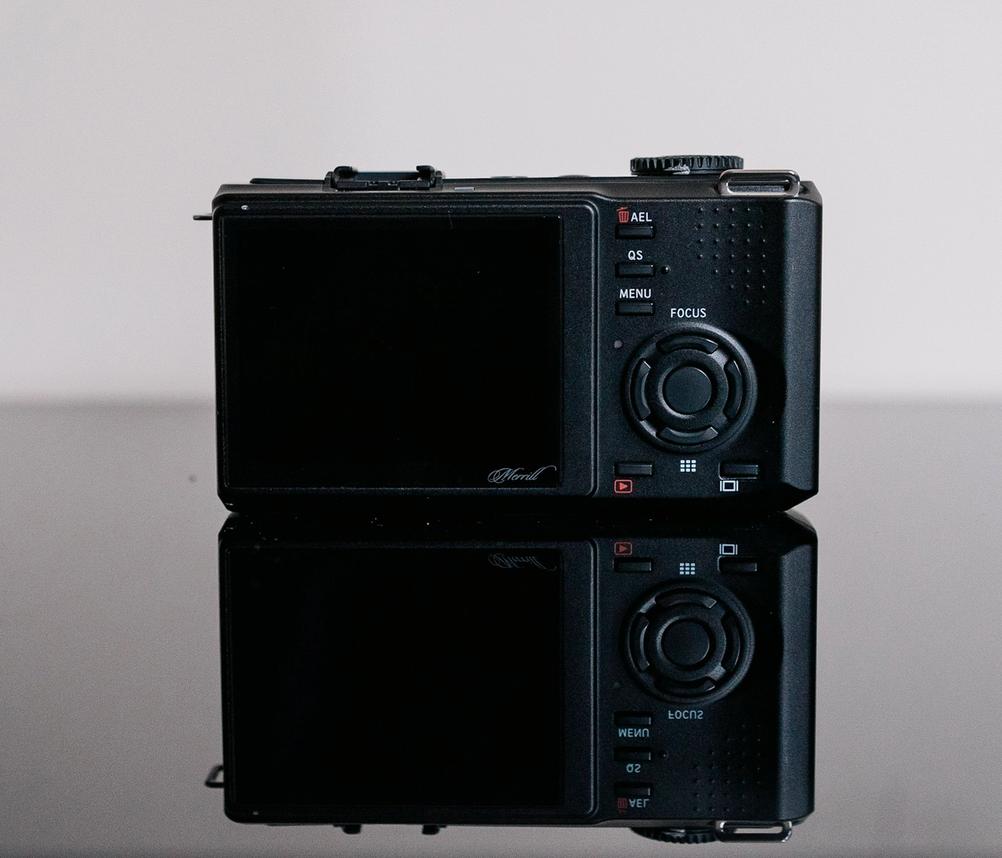
Back controls.
QS is a quick selection button that allows quick change of ISO and other things - but I only use it for ISO. Outside of that I only use the left and right buttons on d-pad to change exposure compensation.
As this is a compact camera - it’s easy to use one handed and I pretty much always do use it one handed.
Because of the plastic build it’s also quite light which can be an upside or downside depending on your perspective.
Overall the camera is very usable ergonomically. All good so far yes?
Ease Of Use
This is separate from ergonomics because it focuses more about controlling the camera and whether it gives you all the right information whereas ergonomics is mostly about how it feels in the hand.
This is where we start to go into negatives ( not film because negative film is positive...not like slide positive - life positive! ). To put it simply - ease of use is bad.
LCD
Let’s take LCD for example. LCD is how you compose your pictures with this camera ( there’s no optical or electronic viewfinder - just imaginary one ). It’s how you know whether given settings work for the scene ( e.g. whether it’s exposed correctly ). It’s how you see where the camera has focussed. And LCD does a very poor job at this! I would even go as far to say that it lies to you!
You can’t trust the LCD to tell whether it’s exposed correctly. Sometimes when it looks too dark on the LCD it’s actually way too dark. Sometimes when it looks too dark on the LCD it’s actually blown highlights. You’re better off showing the histogram and letting that be the final judge on the exposure.
You also can’t trust it for focus confirmation. Unless it’s really obvious ( like a close up ) - it won’t be easy to tell where the focus is just by looking at the screen. And it’s not like the camera always focusses correctly. I don’t really have a good solution for this. Just try to focus on really obvious things and if it’s really critical then zoom in on the picture and retake it if it’s not in focus.
It’s weird that the LCD behaves like this. It doesn’t seem like a bad LCD ( like on Leica M9 for example where it’s obvious that it’s not good ). It seems fine - it’s just a liar.
Focussing
At mid to far distances it’s fine. It’s also fine if you’re focussing on something obvious - like a large wall close to you that covers more than 50% of the area. Focussing close on something smaller is not easy. I have spent several minutes trying to take a picture of a leaf on a tree ( a really important leaf! ). It just always seems to focus on infinity if it sees that infinity exists.
The best tip I have for this is to try and reframe so that your target ( or something else in roughly the same distance ) is taking more than 50% of the photo area, focus on it and then reframe again to how you like but keep the distance roughly the same if you can. Camera seems to catch close focus if it’s already focussed near the target.
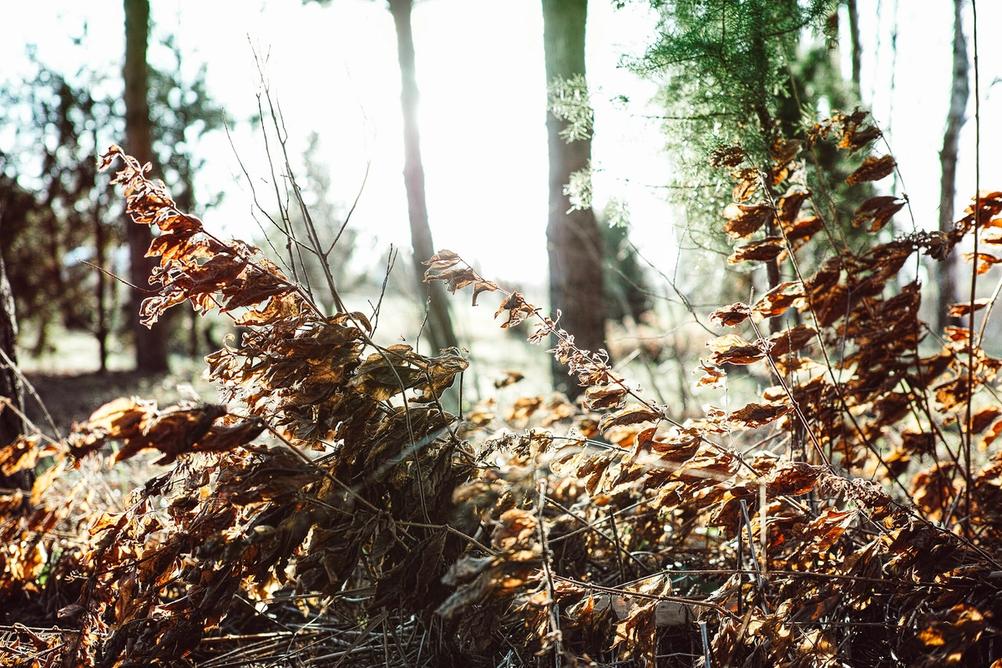
Close focus. Against sun. Let me tell you - it was not easy to get focussed correctly.
Focussing is not so terrible that it’s useless but it’s definitely a 5 or 4 out of 10.
On the upside it has some simple face detection that works acceptably so at least you can take photos of people in focus...some of the time.
Speed
It’s not a fast camera. Saving a photo to SD card will take several seconds. And it doesn’t really seem to matter what speed SD card you have. You won’t be using this for high burst rate sport photography. Instead calculated single shots is what works best. Kind of like film photography.
Post Processing
This might be a weird point but if you’re shooting RAW with this camera ( and I always shoot only RAW ) then you’re not going to be able to just import the photos straight from the SD card. Nope.
RAW files are in some specific Sigma’s format that Lightroom can’t read. I’m not sure about other applications. I also doubt that many or any other applications could deal with them.
So how do you process these files? Simple. Use Sigma’s Sigma Photo Pro application to convert the RAW files into TIFF’s and then import said TIFF’s into Lightroom ( or your application of choice ).
It’s not actually simple. Sigma Photo Pro mimics the camera - specifically it mimics the slowness and deceit. Lightroom actually feels fast after using it. You open it up and it loads thumbnails pretty quick. Then you go into the processing mode. And that’s where trouble begins.
In this processing mode your photo appears. But it’s not the real photo. It’s just a preview that’s embedded in the RAW file and you’ll see a loading bar in the corner that shows the progress to load the real RAW image. After some seconds it loads and you will see that it’s loaded because sometimes it will look quite different to the preview. I would go as far to say that preview sometimes looks better - but RAW is still the best thing to use so don’t trust these lies. The application just seems to display its own RAW files in a non-pleasing manner. Like the LCD - it lies. Exported version looks better.
You have several things that you can control now. Like your levels, colors and other things that every photo processing application can do. I only stick to basic levels and mainly only exposure and leave the actual post processing to Lightroom as it’s way better there. For example if you change exposure ( or anything really ) you have to wait a few seconds to see how it will look. Not the best experience so I edit as little as possible - just to get a relatively flat TIFF to edit further in Lightroom.
Then I export the photo as TIFF and move on to the next file. The process reminds me of film scanning. Slow and somewhat tedious.
Image Quality
This is the important part. I can tolerate a lot of bad ergonomics and terrible usability if the final result is good. And it is - quite good.
Low Light / ISO Performance
Let’s get the bad out first. ISO performance is not the greatest. Firstly it’s a camera from 2012. Secondly the sensor technology doesn’t really allow for the best of low light performance.
The base ISO is 100. And I don’t even know the highest ISO because if you’re planning to shoot color I definitely wouldn’t go above ISO 400. And keep yourself at ISO 100 if at all possible.
ISO 800 is OK to use if you’re planning to use the picture as black and white as the color artefacts will be highly noticeable. You do lose some sharpness here but I feel like ISO 800 is still OK to use for black and whites. It does have a pleasant noise that reminds me of film grain which is nice.
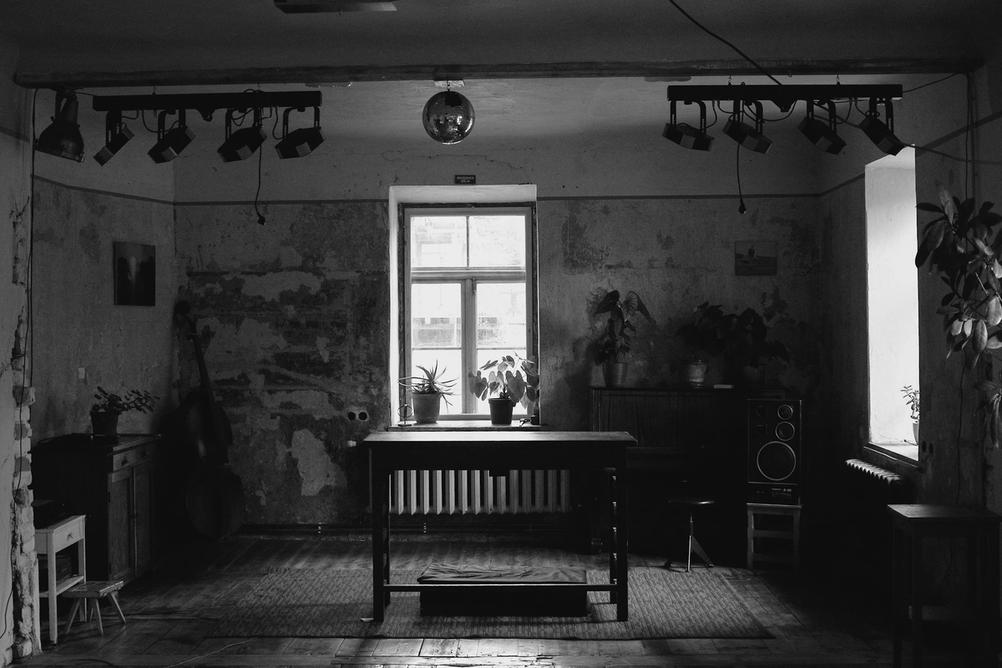
Indoors shot where it was quite dark so ISO 800 was the only option. Ideally more light sensitivity was available but ISO 800 can still provide very good results - as long as it's black and white.
ISO 400 is still OK for color. You just might not be able to pull as much from shadows.
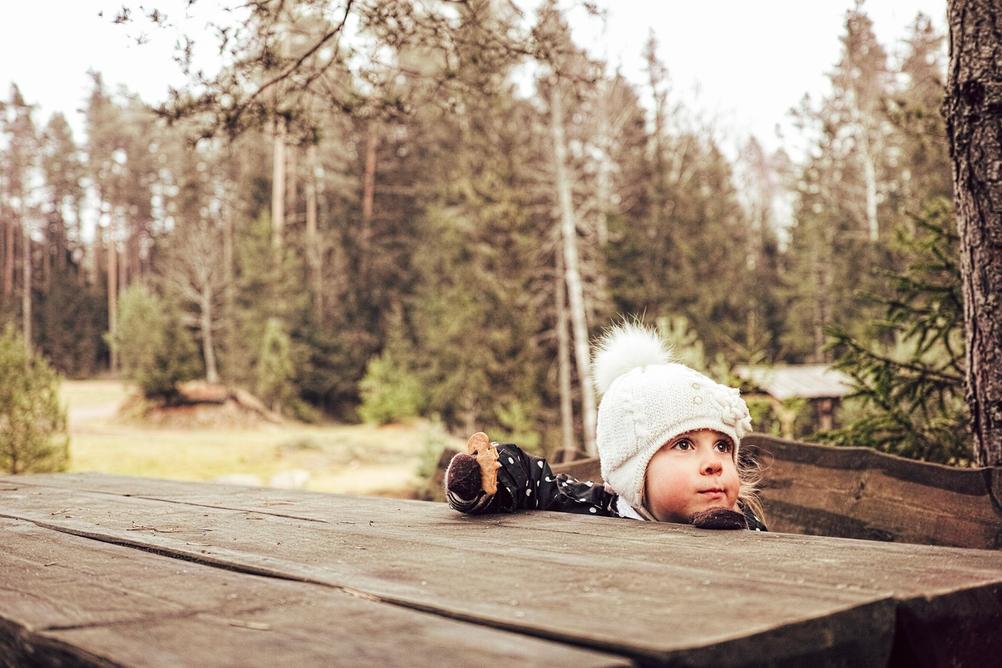
Taken with the maximum color speed of ISO 400. Still looks good. Doesn't lose any sharpness but does start to change colors slightly and you can't pull as much from shadows.
I typically shoot at ISO 100. Even if the picture gets underexposed a bit. You can pull enough information from the shadows. This means that I pretty much never use ISO 200. I go straight to ISO 400 if light requires it and I can’t hand hold it any longer. If light is really bad I say “Yes!” to black and white and go straight to ISO 800.
For me then the camera has 2 color ISO speeds - 100 and 400; and one black and white only speed - 800.
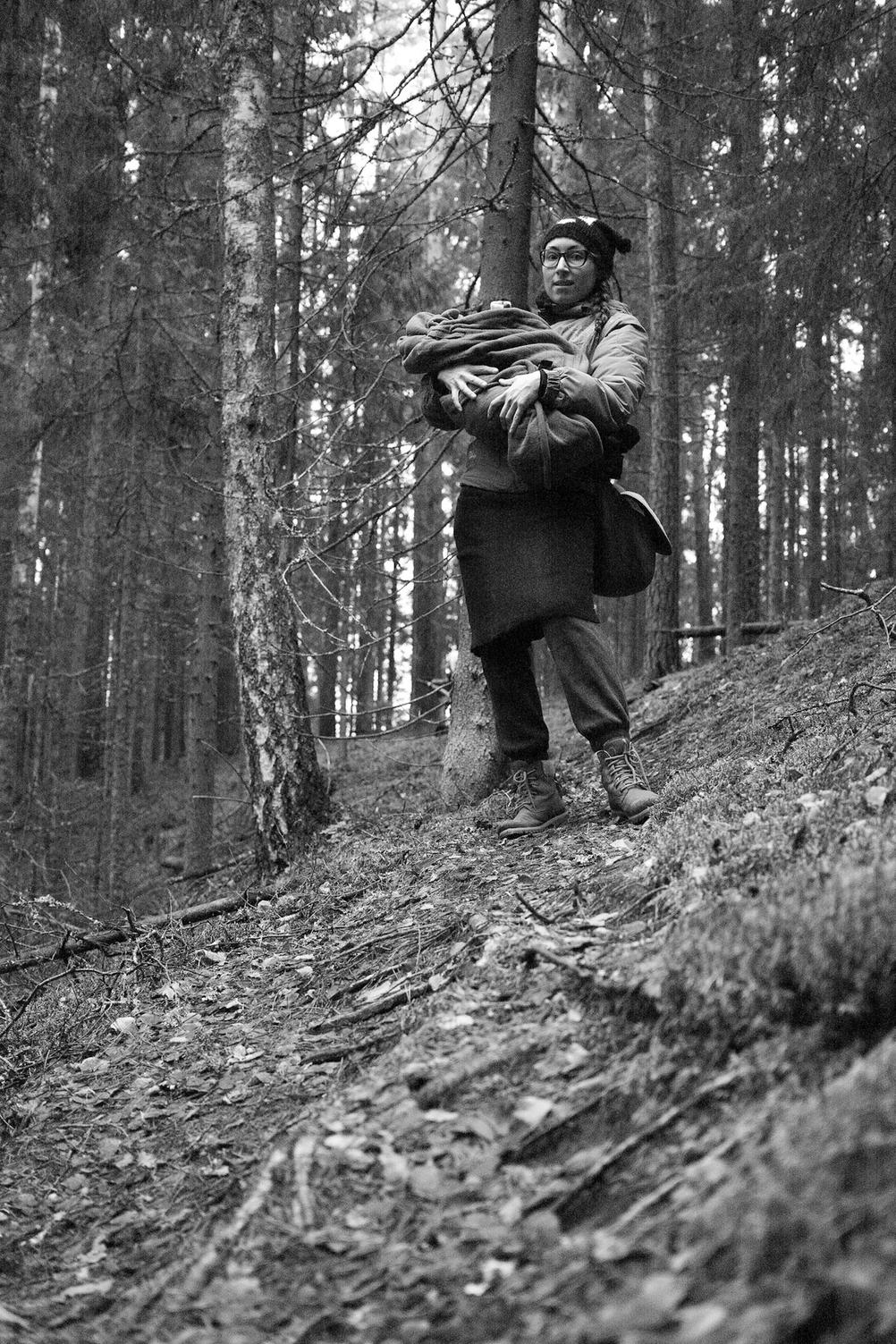
Pro Tip: don't read what's written above and if you must - use ISO 1600. It's possible. You better don't underexpose. You must use black and white. You have to accept noise. But it still works and provides usable results some of the time.
This shot was taken with ISO 1600.
Lens
Camera has a 30mm f2.8 lens That is an equivalent of ~46mm lens in full frame / 35mm terms.
My favourite length is in the domain name - but only when full frame ( https://50mmf2butonlywhenfullframe.com is not as catchy ). So 30mm ( or 46mm equivalent ) is a bit too wide personally but for landscape oriented things it’s absolutely fine. You can also shoot other things - it all depends on your vision.
You won’t get much of a bokeh with a 30mm f2.8 lens. You can blur the background but the out of focus area is not very pleasing. Lens together with the sensor produces an image that is very sharp - and bokeh appears very sharp in a weird way as well. It’s not very pleasing. It looks very busy.

Example of some busy bokeh. It's not just the busyness - it also sometimes gains some weird distortions and colors. Not always. Sometimes.
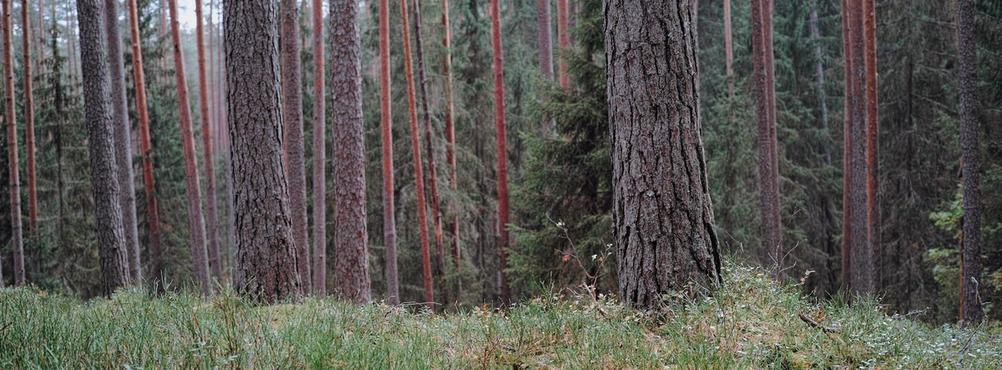
And you can still have decent separation. As long as the bokeh isn't too intense / blurry it looks nice.
Top tip is to either have the bokeh small ( by closing down the lens a bit ) or try to completely nuke the background ( by opening the lens and focussing very close ). Then it looks nice.
Best bet is to have most things in focus but when you can’t then try to not have too many things in the out of focus area as it will get very busy.
Outside of that the lens is very sharp. Corner to corner even at f2.8. With this camera you won’t be complaining about sharpness! f4 is slightly better still but after that I personally don’t see much improvement - probably because eyes are already bleeding from all the sharpness.
It’s a good lens. Sadly it’s just not my focal length. I hope to get DP3 at some point in the future which has a 50mm lens ( ~75mm equivalent in full frame ).
Dynamic Range
It's very easy to blow highlights in a way that's unrecoverable. I think Sigma knows about this and the Sigma Photo Pro software has an option to recover highlights which when selected will attempt to recover the blown parts. How it does that I don't know - my guess is that it just looks at nearby pixels and bases it on that. It can work on simple colors ( e.g. blue sky ) but if there's any detail then it won't work as well and you'll mostly get grey back.
Shadow information is good so I will underexpose but at least a third of a stop. To be safe I will keep an eye on the histogram to make sure that highlights aren't getting blown if possible.
Ultimately it's very acceptable dynamic range ( on lower ISOs ) because you can pull enough from shadows that highlights can be kept in check. It's not as good as more modern full frame sensors or film but very fine still.
Colors
I’m a person who will pretty much always tweak colors in post processing - keep that in mind.
I would describe the colors coming out of this camera as quite CCD-like. I’m one of the crazy people that think that CCD has a certain look. And this has as well. Colors are quite true to life but with a bit of a green tint ( like a CCD...or consumer Fuji film ). They are definitely not very saturated. Contrast is also a bit to the flat side but that’s not a negative as it allows for more freedom in post-processing.
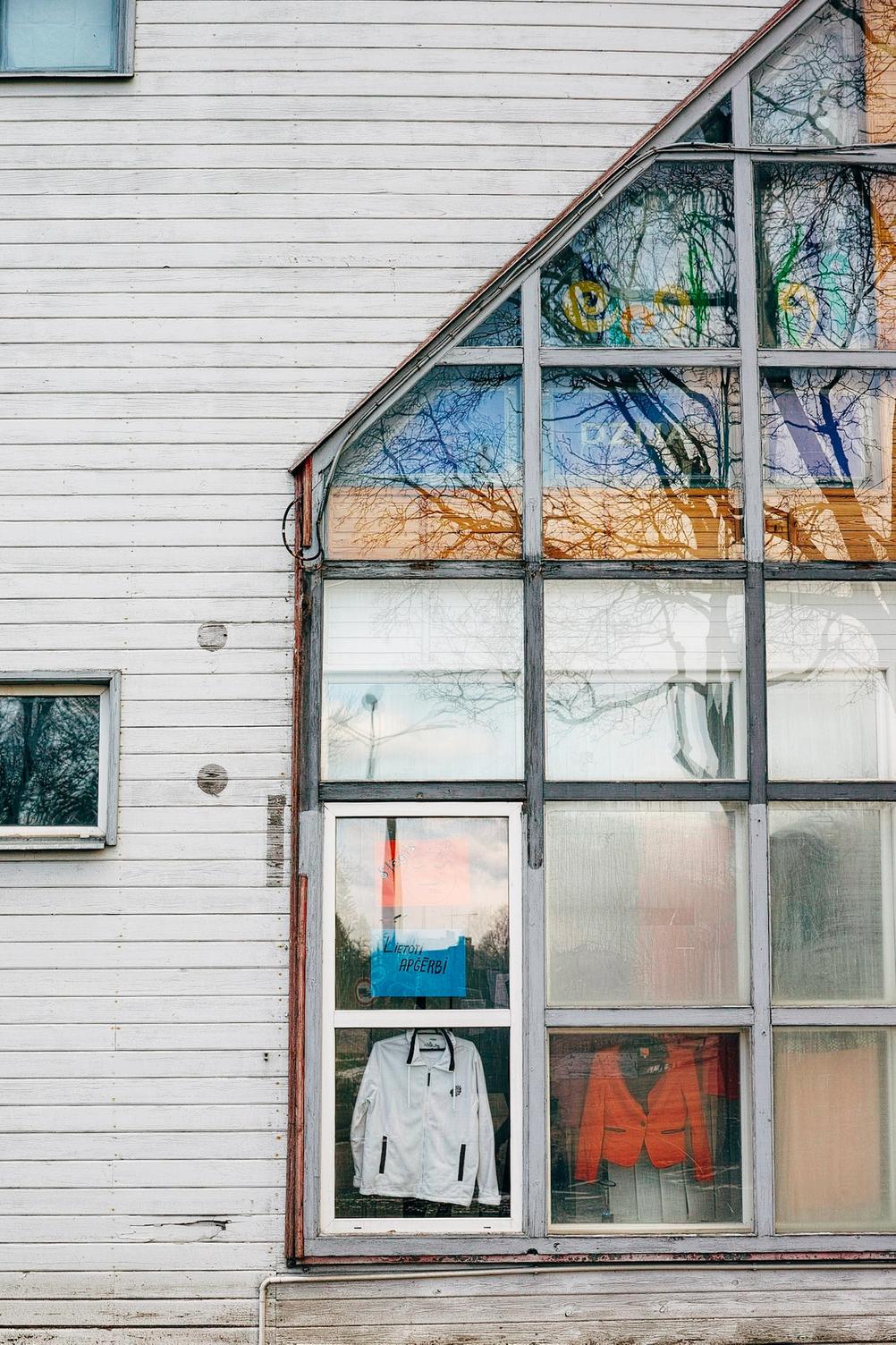
Nice and accurate colors. A bit muted but still very true to life in a way that's very pleasing to me.
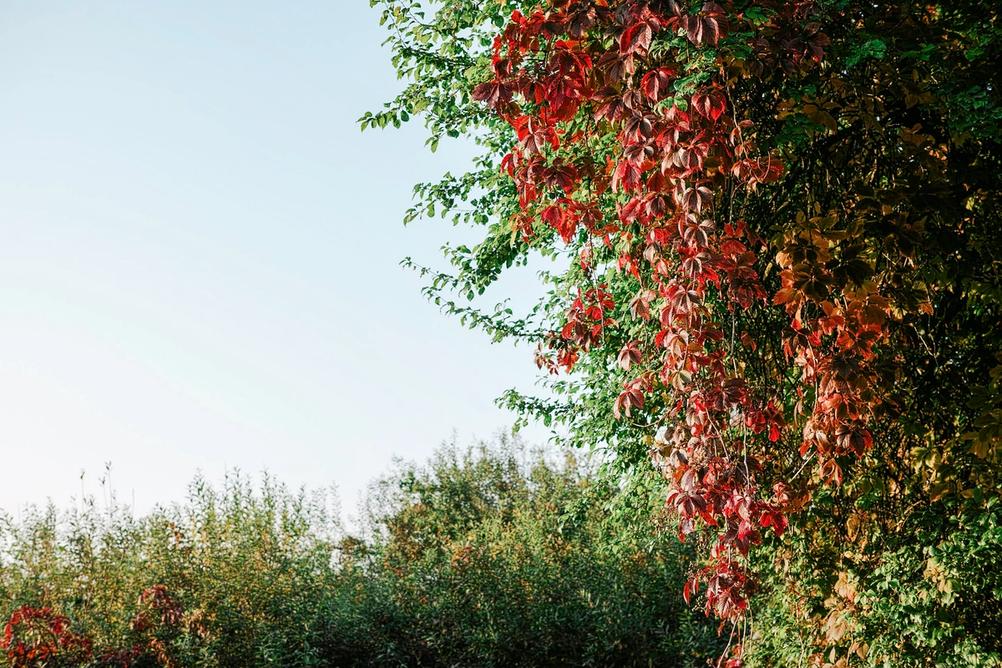
And colors can still be very juicy. Whilst not being overbearing.
White balance in this camera does have some issues. Like I mentioned, it will lean towards green. And also it’s more weighted to cooler balance rather than warmer. If you’re shooting RAW ( and you should ) it doesn’t matter much. It can get the color balance completely wrong a well - especially when shooting against direct sun. In those cases it will go towards purple. All easily fixable though if you’re shooting RAW so not a big deal.
When shooting against the sun getting highlights blown - you will get some weird rainbow artefacts that can look cool I suppose but ideally wouldn’t happen.
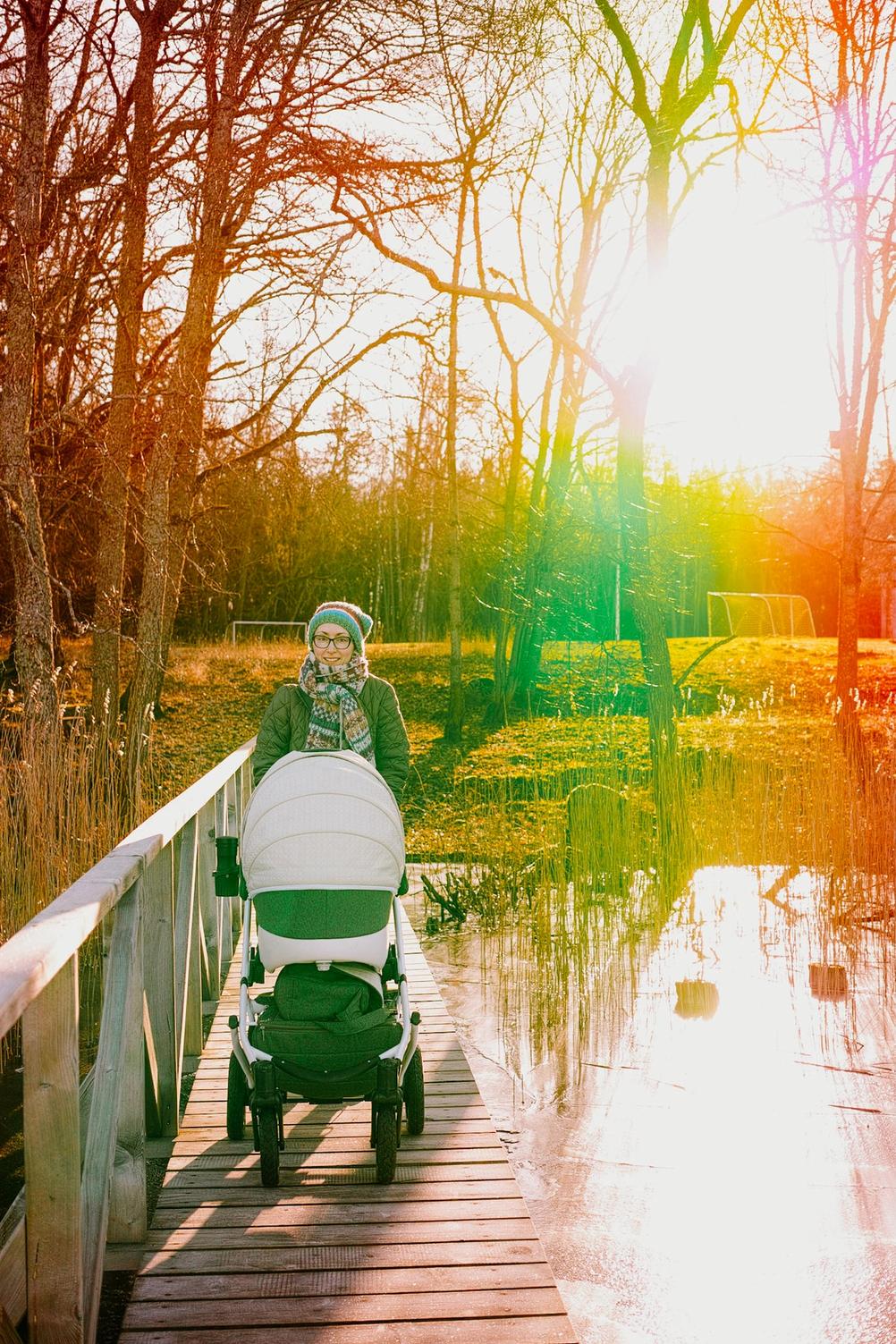
Here's the weird rainbow color generation when shooting against direct sunlight. It tends to happen when shooting against very bright sun. I have not had it in sunsets for example where the light is dimmer.
It may look fun but it's not really a too good of an effect.
Ultimately I like the colors. They are a bit film-like with a certain CCD kick to it. I have had pictures taken with this camera where I don’t adjust the colors at all. The only other camera where that sometimes happens is Leica M9 and very rarely Fuji.
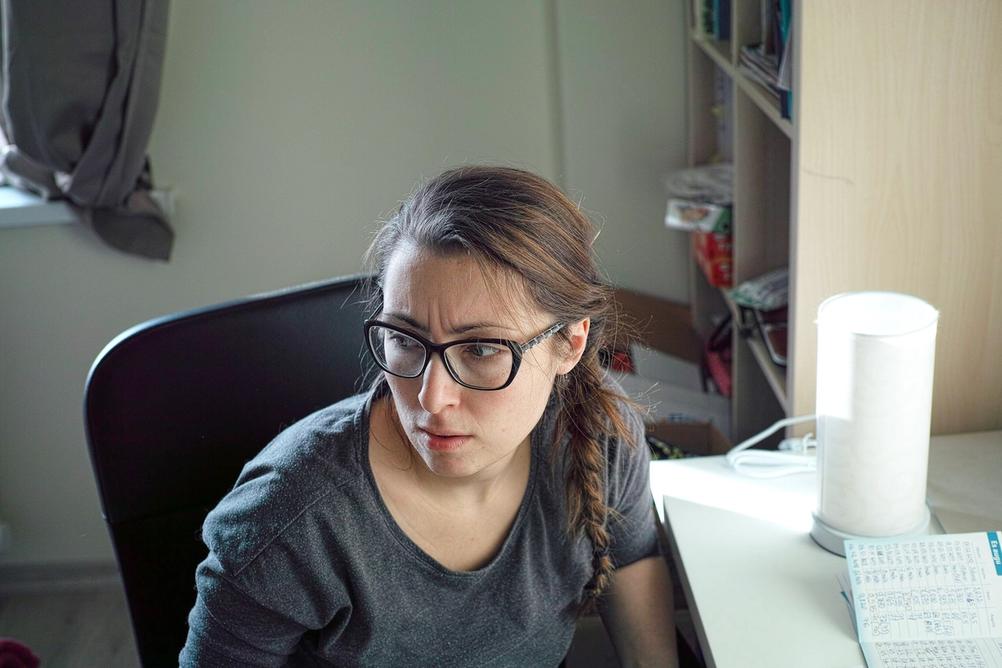
This photo has had no color change done to it. I can just smell the green tint that I associate with CCD sensors ( although this isn't one ). It's pleasing to me.
Sharpness
Damn this thing is sharp. Some might say too sharp. The fact that there is no interpolation needed makes the files super sharp and the lens helps as well I imagine.
Sometimes I think that there is too much sharpness in circumstances where there is a lot of small detail ( like forest with trees with tiny branches ). More often though I’m very pleased with the sharpness. I’ve not shot digital medium format cameras but that is what I would expect from them.
When post processing I typically apply very little extra sharpness with almost 100% mask to only target some edges.
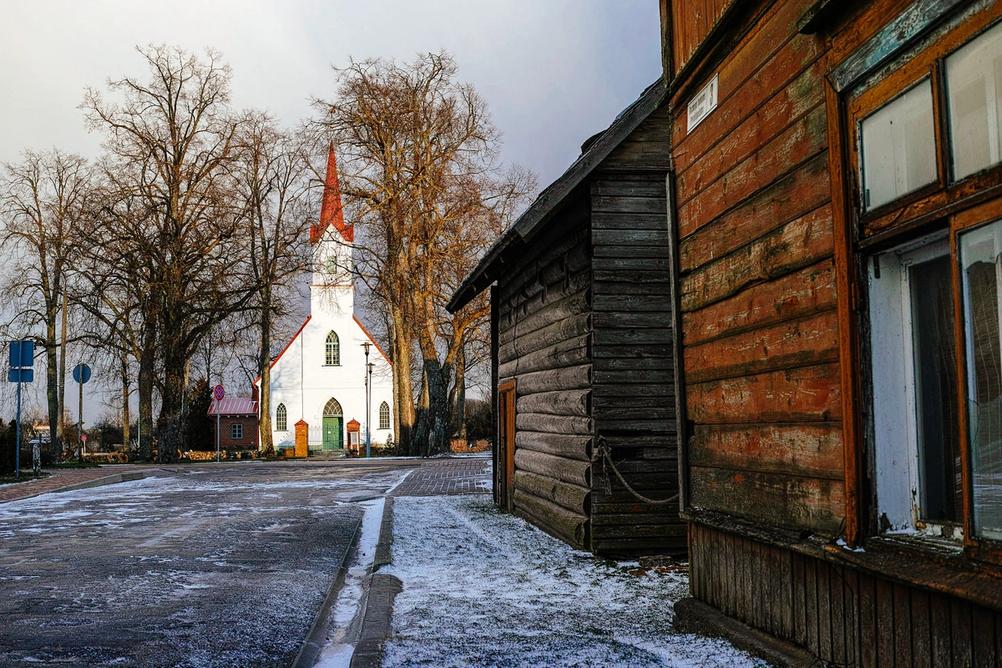
Sharpness. There's buckets of it. If it was a knife - well then it would be easy to cut with it.
Overall Thoughts
Sigma DP2 Merrill is a very annoying to use camera that produces some beautiful photos. This camera produces the best digital files out of all digital cameras that I have used - as long as you don’t need bokeh.
I would definitely not have this as my main camera because of its usability and post processing annoyance. But if I’m planning a small ( or big - when it’s allowed ) trip then this would definitely find its way to come with me.
Because of the low ISO requirement and slow-ish lens it also lends itself to tripod-assisted photography. Even more so because even the slightest camera shake will be very visible with the super sharp files. Sadly I’m not a tripod-assisted shooter myself so I still just YOLO around hand-holding this beast.
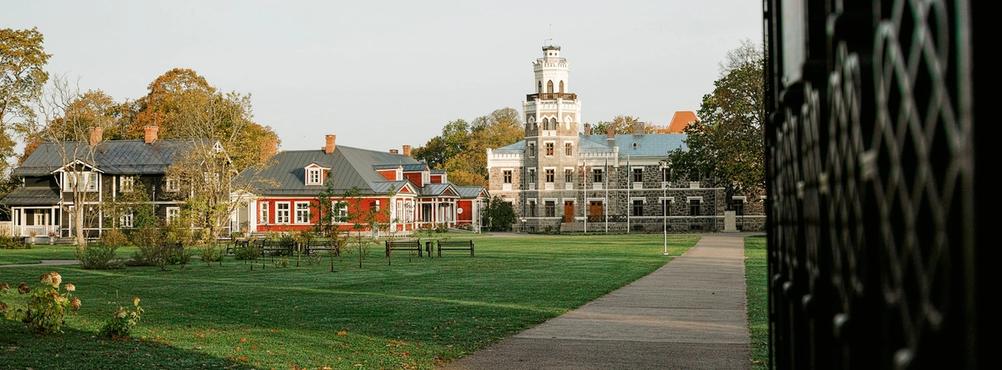
It may not be a joy to shoot with...but at the same time it is a joy to shoot with because you know that the results will be amazing.
One of the latest experiments is to crop photos taken with this camera as if they were taken with XPan. It can definitely handle the crop and look very nice.
It’s a camera that produces photos that have a lot of detail and that detail is super sharp. If that is something that you like then you’ll love the outcome that this camera can produce. I’m pretty sure you won’t like actually using the camera though but the hassle is worth the effort.
Personally I use it almost as a film camera. I have a relatively slow and small SD card within that allows me to take just over 60 pictures. It’s like having almost 2 36 frame films in the camera. This ensures that I don’t have to go through the pain of post processing too many photos afterwards. And because the shooting process is quite slow - I don’t really reach the limit of these 60 pictures often anyway.
I do think that in the digital world - this is probably the best picture performance you can get for the money. You can find this camera for about 300 - 400 EUR and you get A LOT of quality in the photos.
So if you want to try something that’s not nice to use but produces some amazing images for not too, too much money - try it out!
